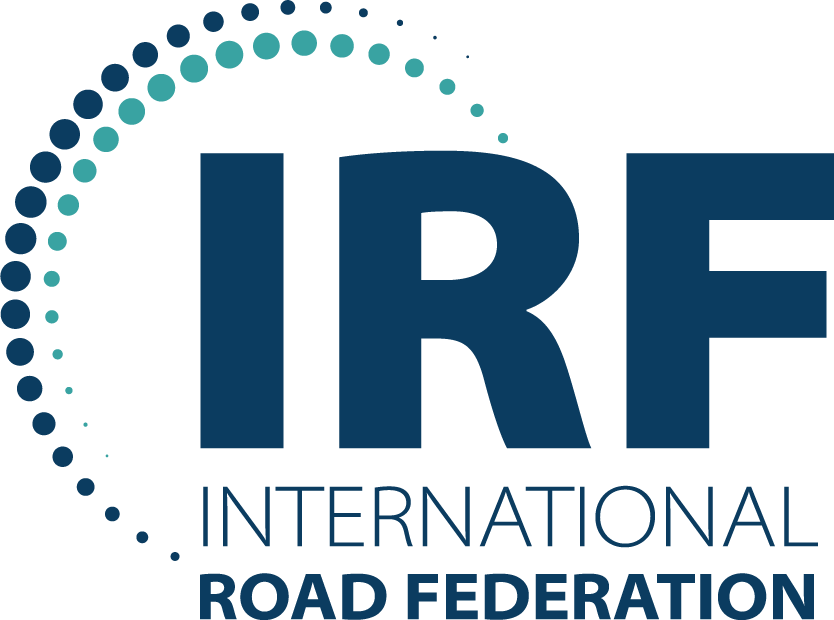TURKMENISTAN
ROAD SAFETY PROFILEThe ATO road safety profiles offer insights into the road safety in 37 Asia-Pacific countries by utilizing road safety related data from various sources and policy information extracted from a range of documents.
These road safety profiles were developed by the Asian Transport Observatory in collaboration with the Asia Pacific Road Safety Observatory (APRSO) and the International Road Federation (IRF). This September 2025 edition updates the February 2025 release—prepared for the Global Ministerial Conference on Road Safety in Marrakech—to inform discussions at the Asia-Pacific Regional Road Safety Conference in Manila.
Country Summary
Road safety in Turkmenistan presents a complex picture. In 2021, road crash injuries accounted for 0.7% of all deaths in Turkmenistan. While the country boasts a seemingly low road traffic crash fatality rate compared to regional averages, a closer examination reveals discrepancies in data and a lack of comprehensive reporting, hindering a clear understanding of the true situation. This narrative explores the available data, its limitations, and the broader context of road safety in Turkmenistan, including economic costs, motorization trends, and the existing policy landscape.
Despite data limitations, some trends can be discerned. The share of female fatalities in Turkmenistan's road crashes increased slightly from 23% to 24% between 2010 and 2021, mirroring the Asia-Pacific average. The combined share of fatalities among minors (<14 years) and seniors (>65 years) rose marginally from 17% to 18% between 2015 and 2019, while the Asia-Pacific average saw a more significant increase from 32% to 34%. These figures suggest potential vulnerabilities within these demographic groups, requiring targeted interventions.
The economic burden of road crashes in Turkmenistan is substantial. Estimated at approximately 2 billion USD in 2021, representing roughly 2% of the country's GDP, these costs encompass fatalities, injuries, and related expenses. Furthermore, road crashes contribute significantly to the implicit costs of fossil fuel subsidies in transport, accounting for about 43% of the total. The International Road Assessment Programme (iRAP) estimates that an annual investment of 206 million USD (approximately 0.3% of GDP) could potentially prevent around 200 fatalities annually. This highlights the potential for cost-effective interventions to improve road safety.
Information regarding road crash ratings for Turkmenistan is limited.
References
ATO. National Database (2024). https://asiantransportoutlook.com/snd/
IMF. (2024). Climate Data. https://climatedata.imf.org/pages/access-data
Institute for Health Metrics and Evaluation. (2021). GBD Results. GBD Results. https://vizhub.healthdata.org/gbd-results
Institute for Health Metrics and Evaluation. (2024). Global Burden of Disease Study 2021 (GBD 2021) Cause-Specific Mortality 1990-2021. https://ghdx.healthdata.org/record/ihme-data/gbd-2021-cause-specific-mortality-1990-2021
iRAP. (2024). Safety Insights Explorer. iRAP. https://irap.org/safety-insights-explorer/
Nirandjan, S., Koks, E. E., Ward, P. J., & Aerts, J. C. J. H. (2022). A spatially-explicit harmonized global dataset of critical infrastructure. Scientific Data, 9(1), 150. https://doi.org/10.1038/s41597-022-01218-4
United Nations Department of Economic and Social Affairs Population Division. (2022). World Population Prospects 2022. https://population.un.org/wpp/
WHO. (2023). Global Status Report on Road Safety 2023. https://www.who.int/teams/social-determinants-of-health/safety-and-mobility/global-status-report-on-road-safety-2023
World Bank. (2023). GDP, PPP (current international $). World Bank Open Data. https://data.worldbank.org/indicator/NY.GDP.MKTP.PP.CD
World Bank. (2024). Current health expenditure (% of GDP). World Bank Open Data. https://data.worldbank.org/indicator/SH.XPD.CHEX.GD.ZS





